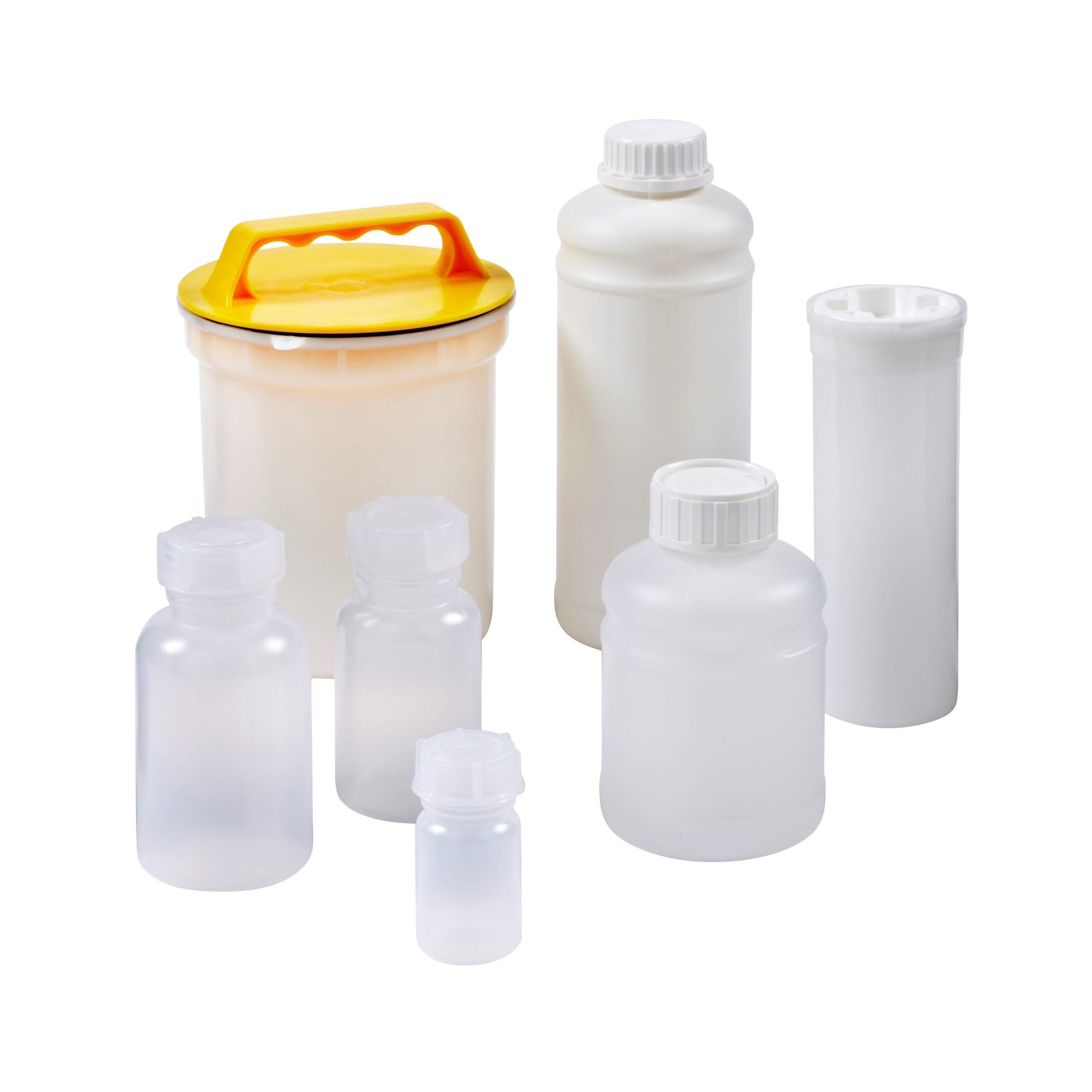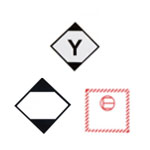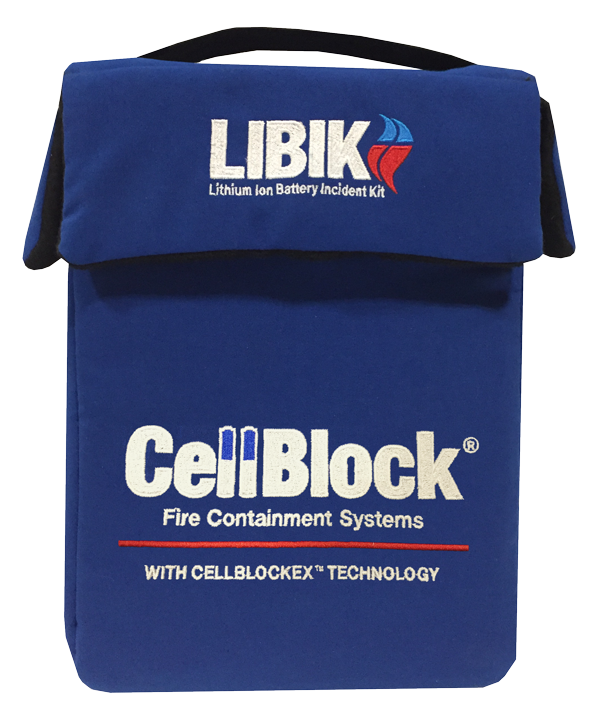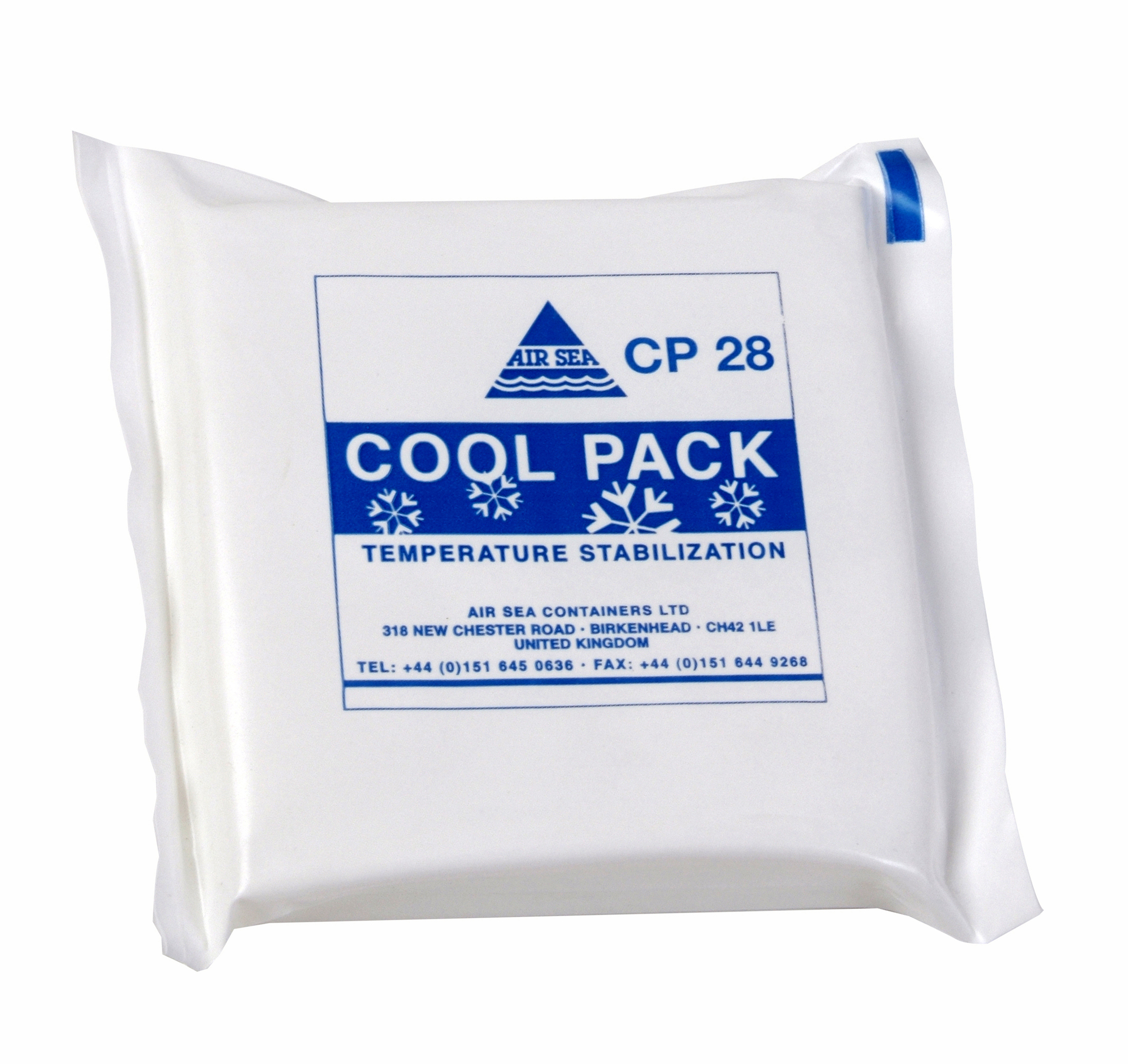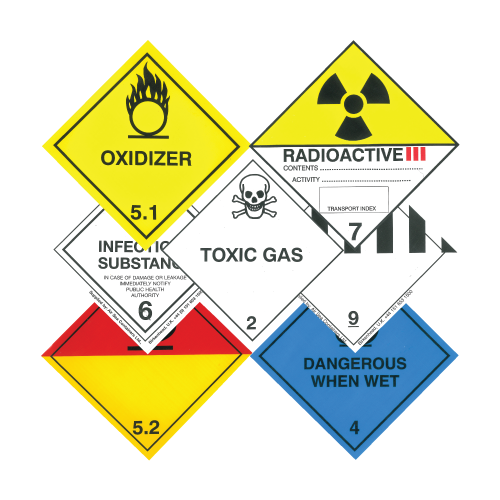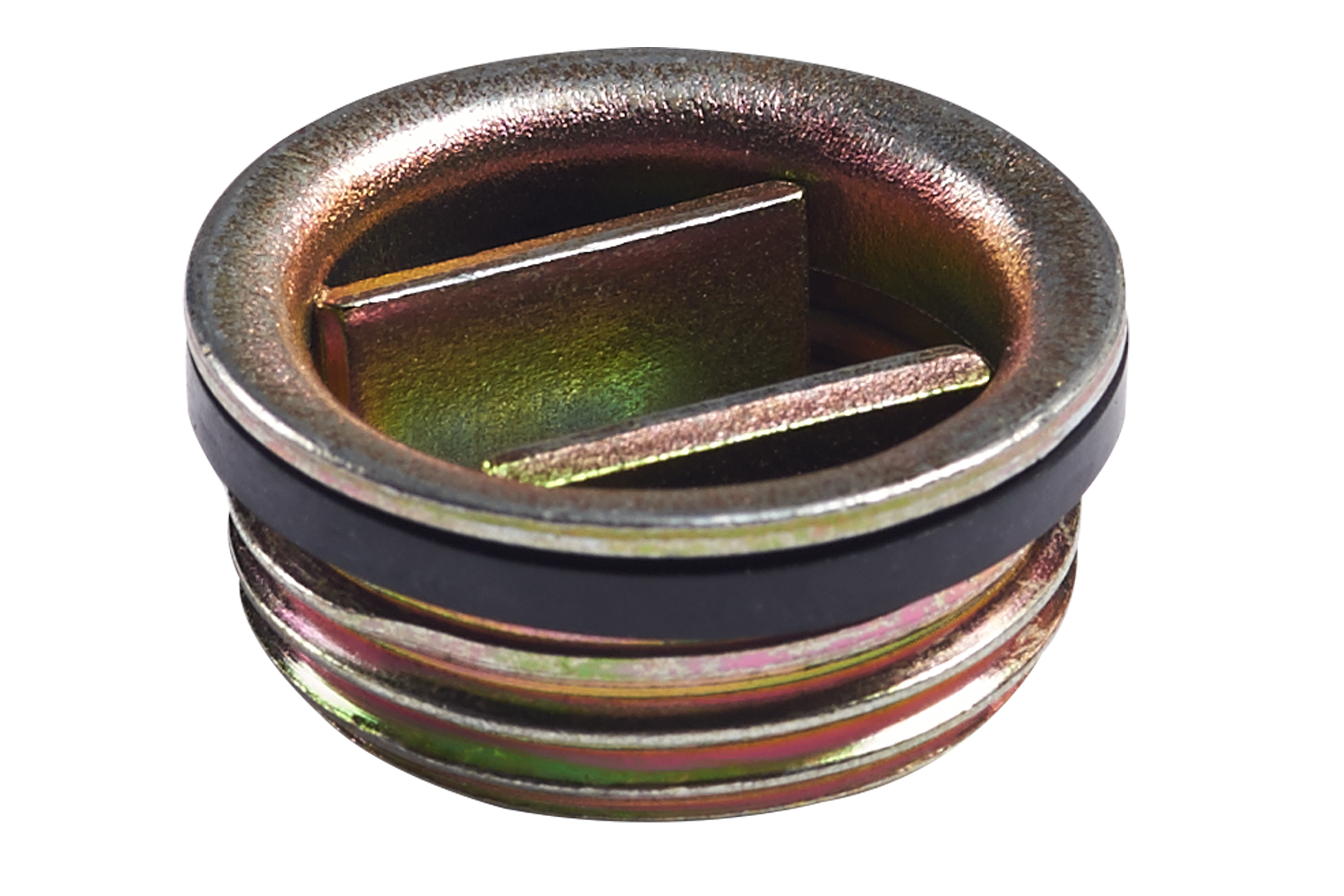IATA have recently released their 2017 guidance document on how to ship lithium batteries via air. The document aims to provide shippers with all of the information that they require to enable them to ship lithium batteries compliantly and safely.
The regulations cover both lithium ion batteries (UN 3480) and lithium metal batteries (UN 3090), providing shippers with the correct way to send packagings, including via specific airlines and through specific states.
The document includes helpful flowcharts, displaying the different types of lithium ion and lithium metal batteries and how they should be packaged in accordance to their state of charge (SoC) and cell Wh ratings. For example, lithium ion batteries contained in equipment are defined in two ways. Cells with more than 20 Wh, and batteries with more than 100 Wh, are assigned to Packing Instruction 967, section I. Similarly, cells with less than 20 Wh, and batteries with less than 100 Wh, are assigned to section II of the same section.
Also featured within the guide is a comprehensive FAQ section, providing answers to many frequently asked questions; part 2 of which focuses on lithium battery packaging and transport provisions.
One of the most prominent updates within the 2017 dangerous goods regulations for air is the introductory phase of new lithium battery labels. As of January 2019, current lithium battery hazard labels will be non-compliant. Instead, shippers will be required to display UN number(s) (UN 3090, UN 3091, UN 3480 and/or UN 3481) on their label. Similarly, the generic class 9 hazard label for miscellaneous substances will be permitted up until 31st December 2018. After this point, new class 9 labels featuring the lithium battery hazard symbol will be required.
If you are unsure about how these updates affect you, contact our team for free expert advice.
Information correct at time of publishing, 21st December 2016
 UK
UK











